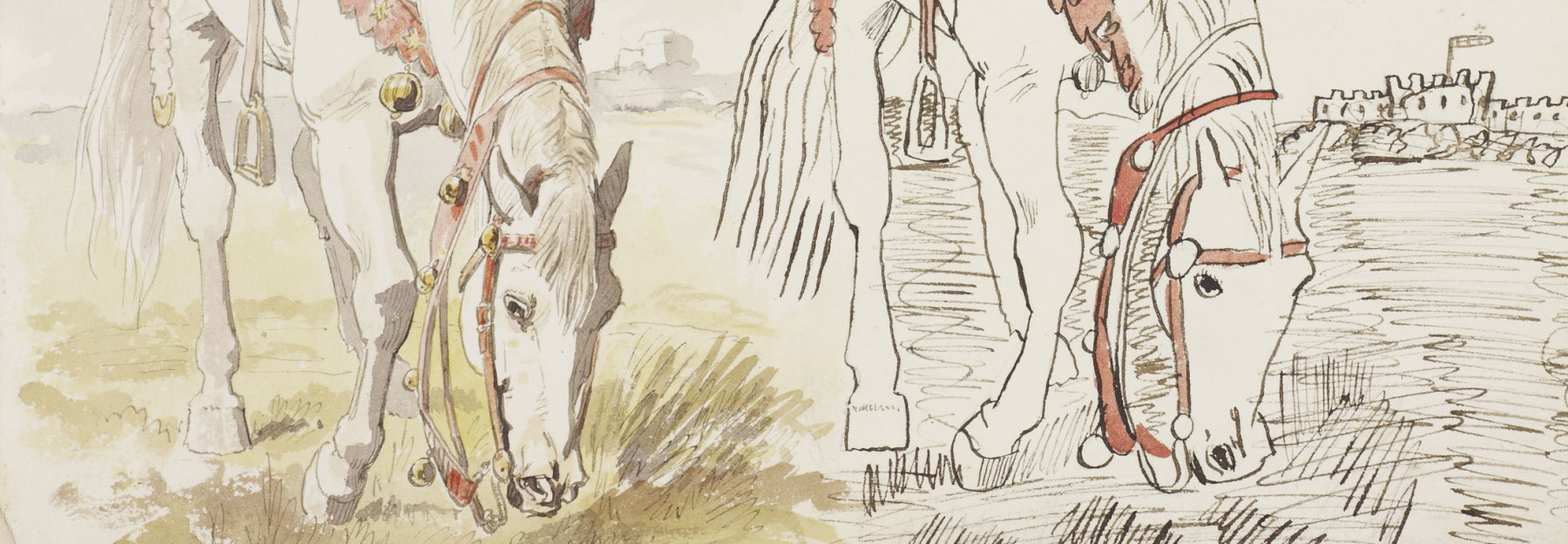Royal Copyists
Explore royal copies of Great Masters in the Royal Collection

Members of the royal family have been painting, drawing and making prints for generations. The works of art in the Royal Collection have long served as inspiration for these creative pursuits. Not only did kings, queens, princes and princesses choose to copy Old Masters by artists such as Leonardo da Vinci and Rembrandt, they were often also inspired by contemporary painters and, later, photographers.
By the mid eighteenth century, learning to draw had become an important part of the education of both gentlemen and ladies. George III (1738–1820) was instructed in architectural draughtsmanship from an early age. The landscape painter, Joshua Kirby (1716–74), served as ‘Designer in Perspective’ to George III and the architect, Sir William Chambers (1726–96), encouraged his royal student to learn design and structure by copying from the plates of architectural treatises. In art academies opening across Europe at the time, copying the work of established artists was considered the first step in learning how to draw and paint, followed by producing original compositions.
George III made sure that all of his children were taught to draw by professional artists, including Paul Sandby (1731–1809) and Alexander Cozens (1717–86). His daughters also learnt the printmaking technique of etching, honing their skills to a high level by copying works from their father’s collection of Old Master drawings.
Queen Victoria (1819–1901) is perhaps the monarch best known for her artistic passion, which she shared with both her husband, Prince Albert, and several of their children. Her childhood teacher, Richard Westall (1765–1836), produced several albums of drawings for the princess to copy. Comparing the studies of teacher and pupil provides a wonderful glimpse into Victoria’s early artistic development. Victoria’s oldest son, Prince Albert Edward (later Edward VII), was taught with the same method by watercolourist, Edward Henry Corbould (1815–1905).
It is clear, from looking at works of art in the Royal Collection made by members of the royal family, that copying famous artists was not just a formal teaching technique to be abandoned after childhood or when official duties began. George III continued to draw and to study architectural treatises long after he became king. Queen Victoria and Prince Albert, in addition to producing many drawings from life and imagination, copied works in the Collection throughout their lives, particularly those they had recently acquired. They found that copying was not just a way to develop artistic skills, but was also an enjoyable pastime, a way to bond with family members and an act of homage to a favourite artist.
Explore some of these royal copies below, alongside the works that inspired them.




